New research: Adjusted for age and sex, the COVID-19 death rate in prisons is 3 times higher than in the general population
New research in the Journal of the American Medical Association shows the tragic results of states' negligence of incarcerated people.
by Emily Widra, July 8, 2020
Today we tweeted about new research using data from the UCLA School of Law’s COVID-19 Behind Bars Data Project. The findings, published today in JAMA, present a startling picture of just how widespread COVID-19 is behind bars, especially compared with national COVID-19 infection and death rates:
A new study in @JAMA_current using data from @uclaprisondata has findings that should alarm you:
The #covid19 death rate in prisons is 39 deaths per 100,000 people. Much higher than the death rate in the U.S. population (29 per 100,000). 1/4https://t.co/6kAYXkhxFv
— Prison Policy Init. (@PrisonPolicy) July 8, 2020
When the authors adjusted the death rate for age and sex (because the prison population is disproportionately young and male), the death rate in prisons was THREE TIMES higher than would be expected in the U.S. population. 2/4
— Prison Policy Init. (@PrisonPolicy) July 8, 2020
On April 14, the rate of COVID-19 in prisons surpassed the national rate. Since then, it has continued to grow. The case rate in the U.S. grows ~3.4% every day; meanwhile, the case rate in prisons increases ~8.3% every day. 3/4
— Prison Policy Init. (@PrisonPolicy) July 8, 2020
At least 530 incarcerated people have died from #covid19 so far, according to https://t.co/ndOT9oNaSY. People behind bars are begging states to save their lives. But states are taking very little action. This tragedy is only going to get worse. 4/4https://t.co/bl7wnzvS15
— Prison Policy Init. (@PrisonPolicy) July 8, 2020
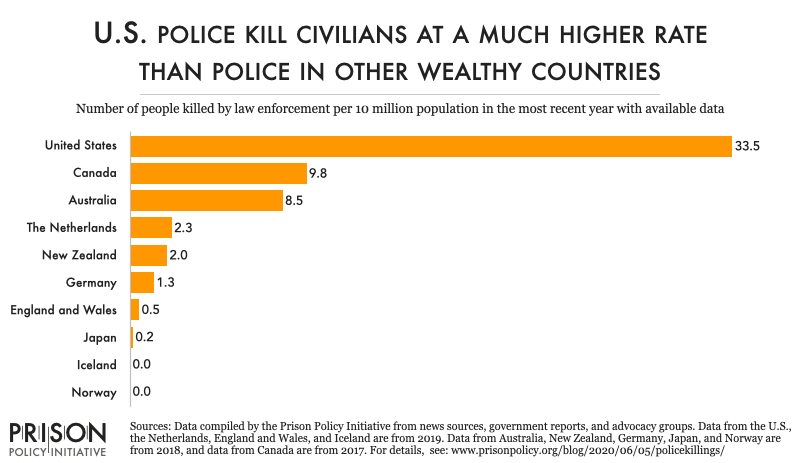
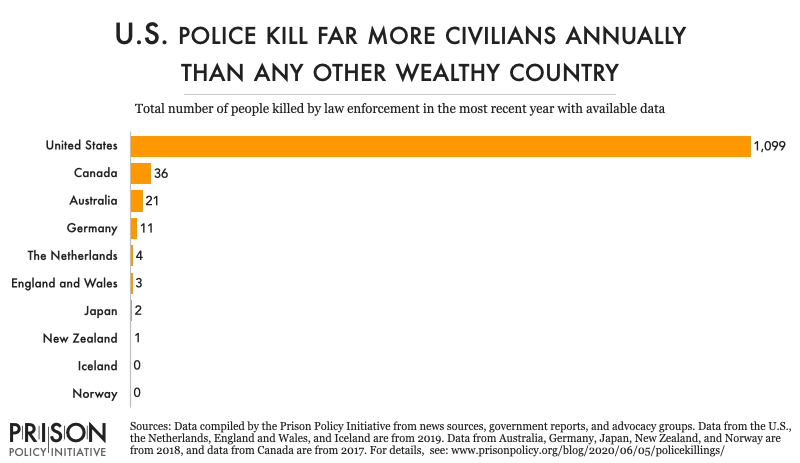

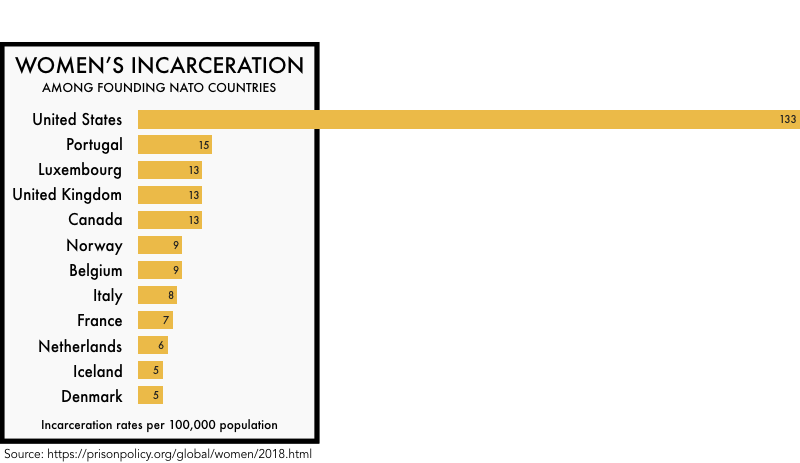
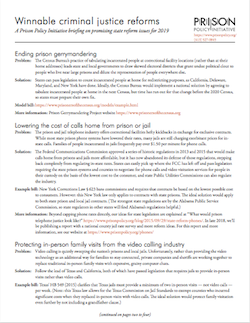
 Please welcome our new Policy Analyst, Alexi Jones.
Please welcome our new Policy Analyst, Alexi Jones.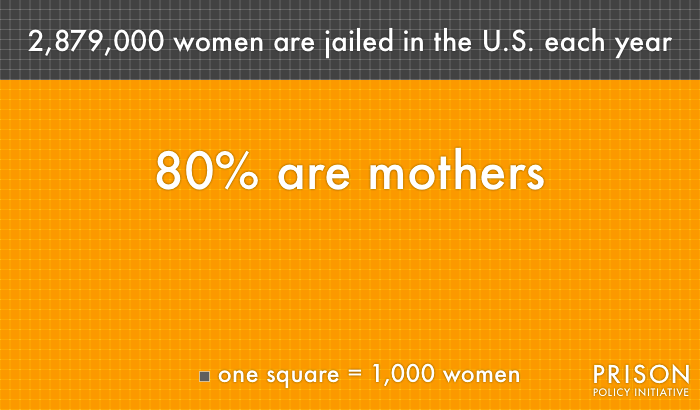 Estimates have been rounded for this graphic. Sources: Federal Bureau of Investigation,
Estimates have been rounded for this graphic. Sources: Federal Bureau of Investigation, 


